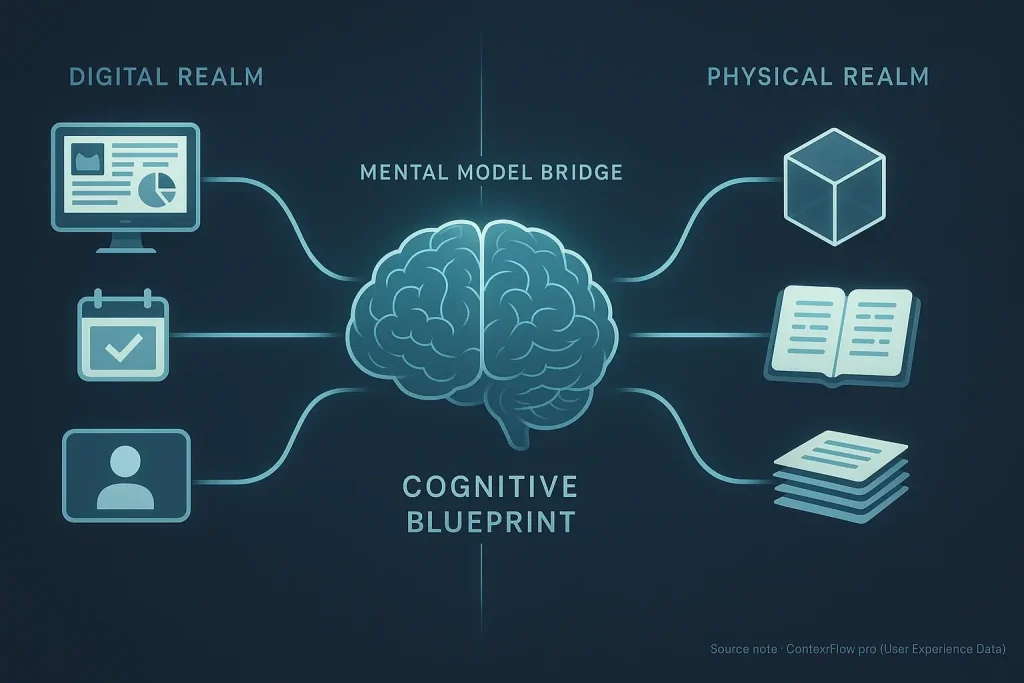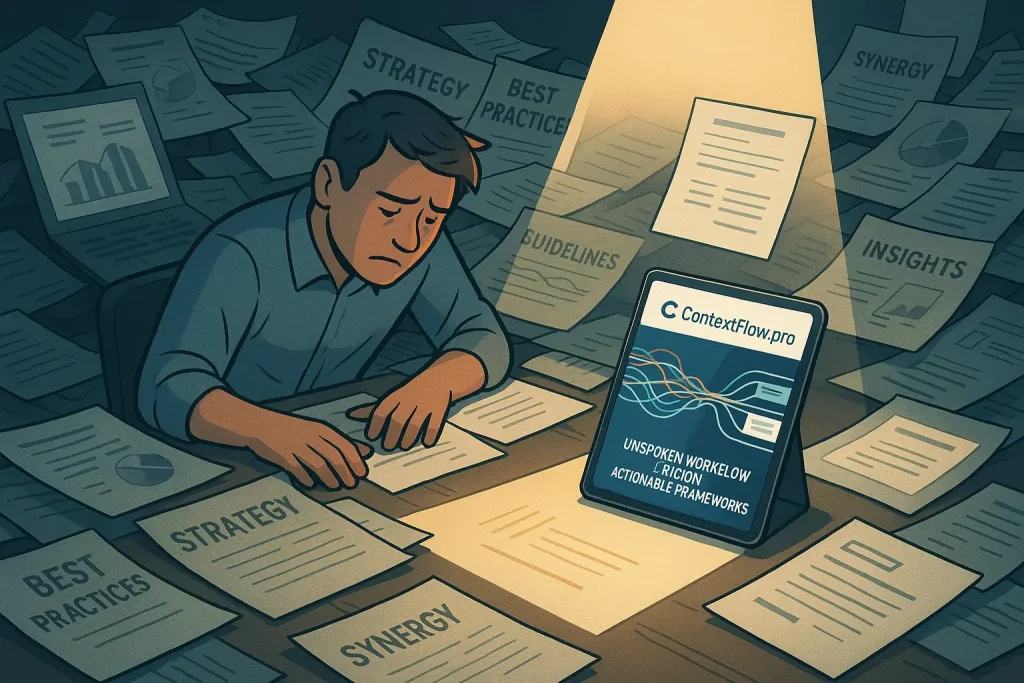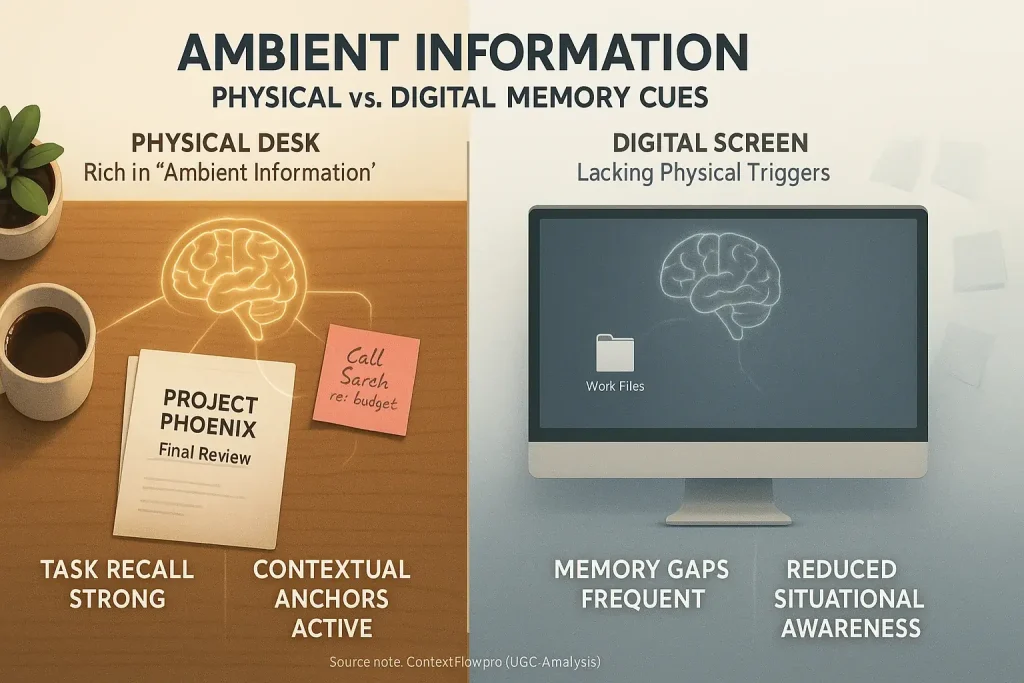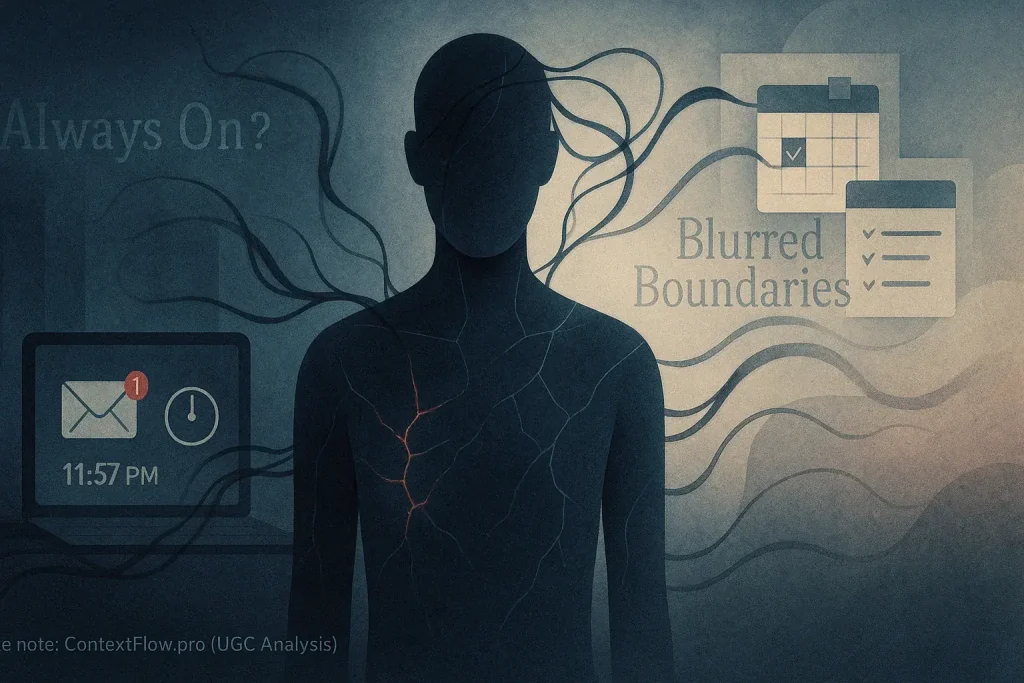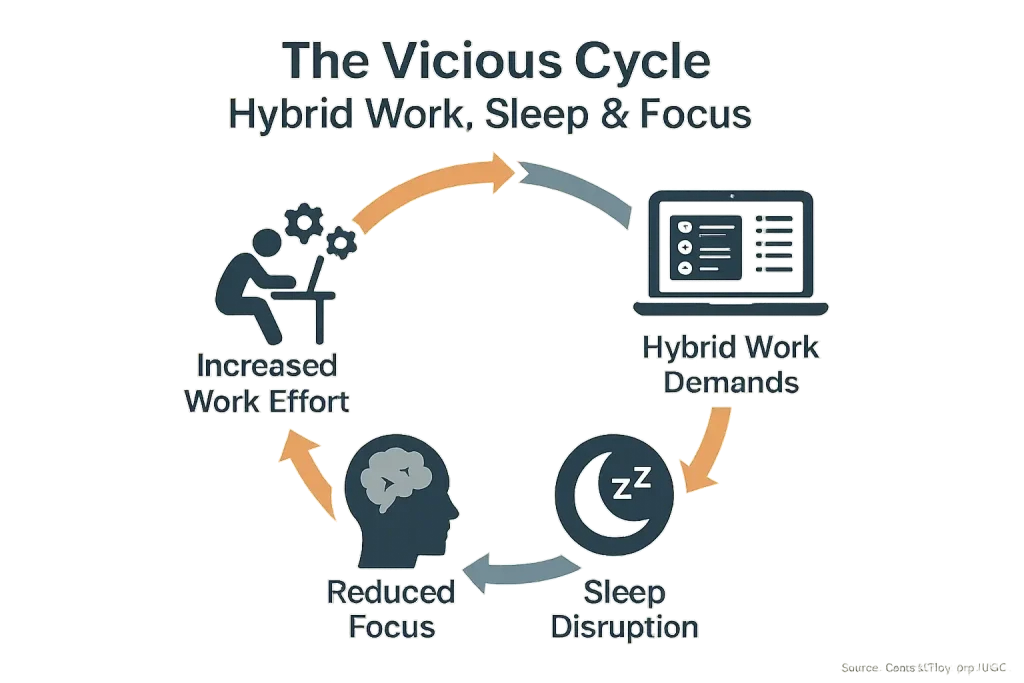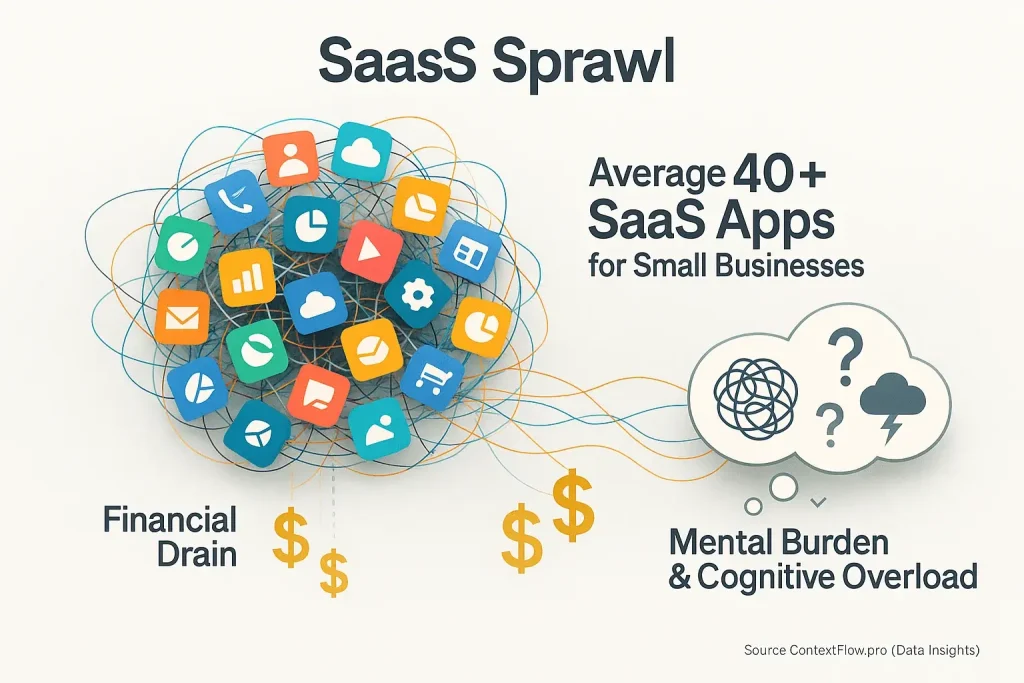The 'Peripheral Blindness' Phenomenon: Why Your Physical To-Dos Vanish in a Digital World
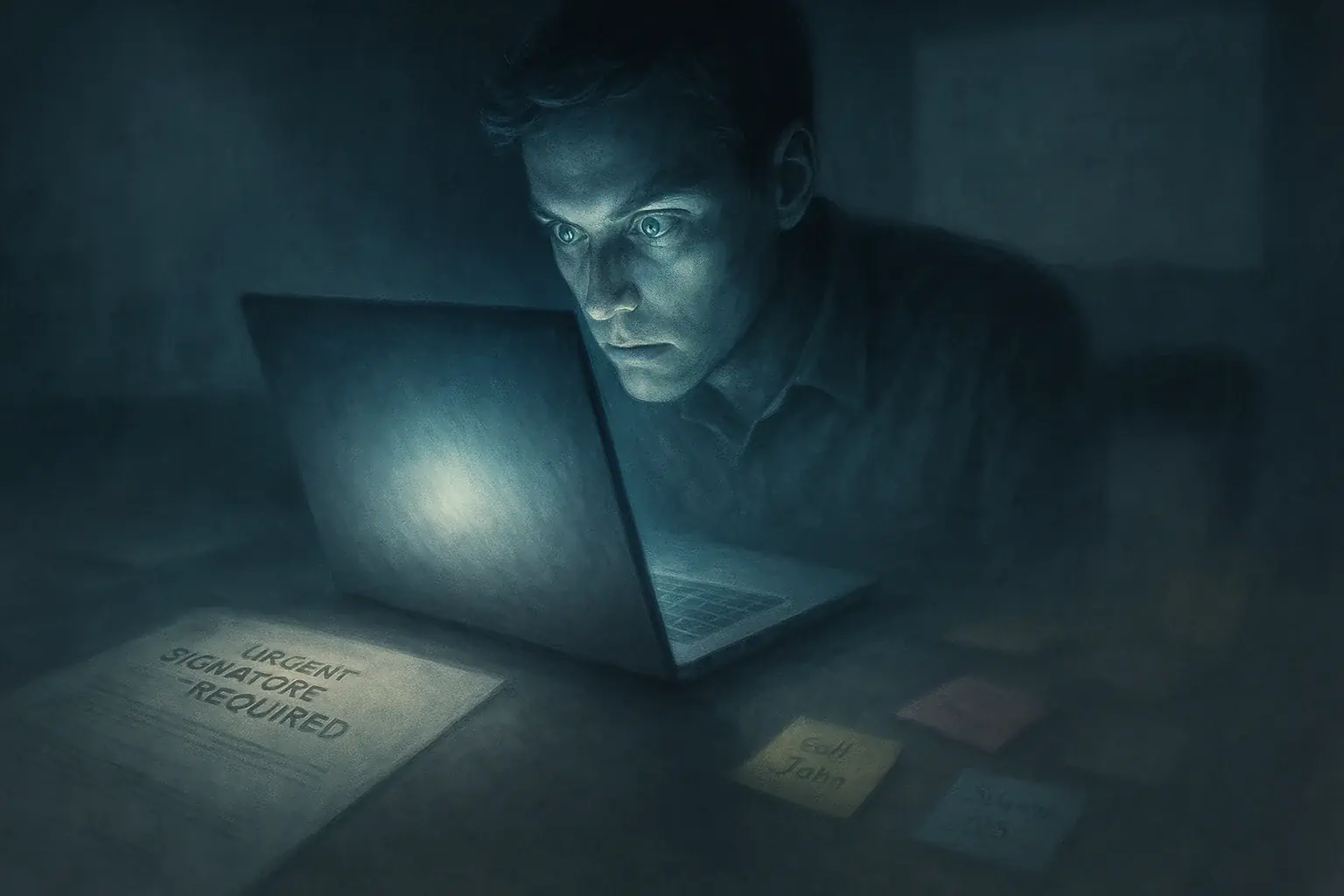
Ever find yourself deep in a spreadsheet? That physical report you needed to sign sits on your desk. Completely forgotten. Our analysis of user experiences reveals a common culprit: 'peripheral blindness'. This phenomenon causes tasks outside your immediate digital focus to literally fade from awareness. This is not simple forgetfulness. It is a unique cognitive challenge inherent in hybrid work environments.
Our brains, user experiences consistently show, are wired for what is directly in front of them. Glowing screens amplify this. Many hybrid workers confess a surprising truth. This isn't just about 'being busy'; it's a genuine cognitive bias. Users frequently report feeling almost mesmerized by their digital tasks. This intense digital immersion makes noticing physical items, even those in plain sight, incredibly difficult.
The immediate impacts are significant. Missed deadlines accrue. Duplicated efforts cause widespread frustration. A sudden, stressful scramble often ensues when a neglected physical task finally resurfaces. Our research into user-generated content confirms this is a common, deeply aggravating reality for many in hybrid settings. This is not a personal failing. ContextFlow.pro will further explore why peripheral blindness occurs and, crucially, how real users are finding ways to manage it.
The Digital Dominance Effect: When Screens Make Everything Else Invisible (User Confessions)
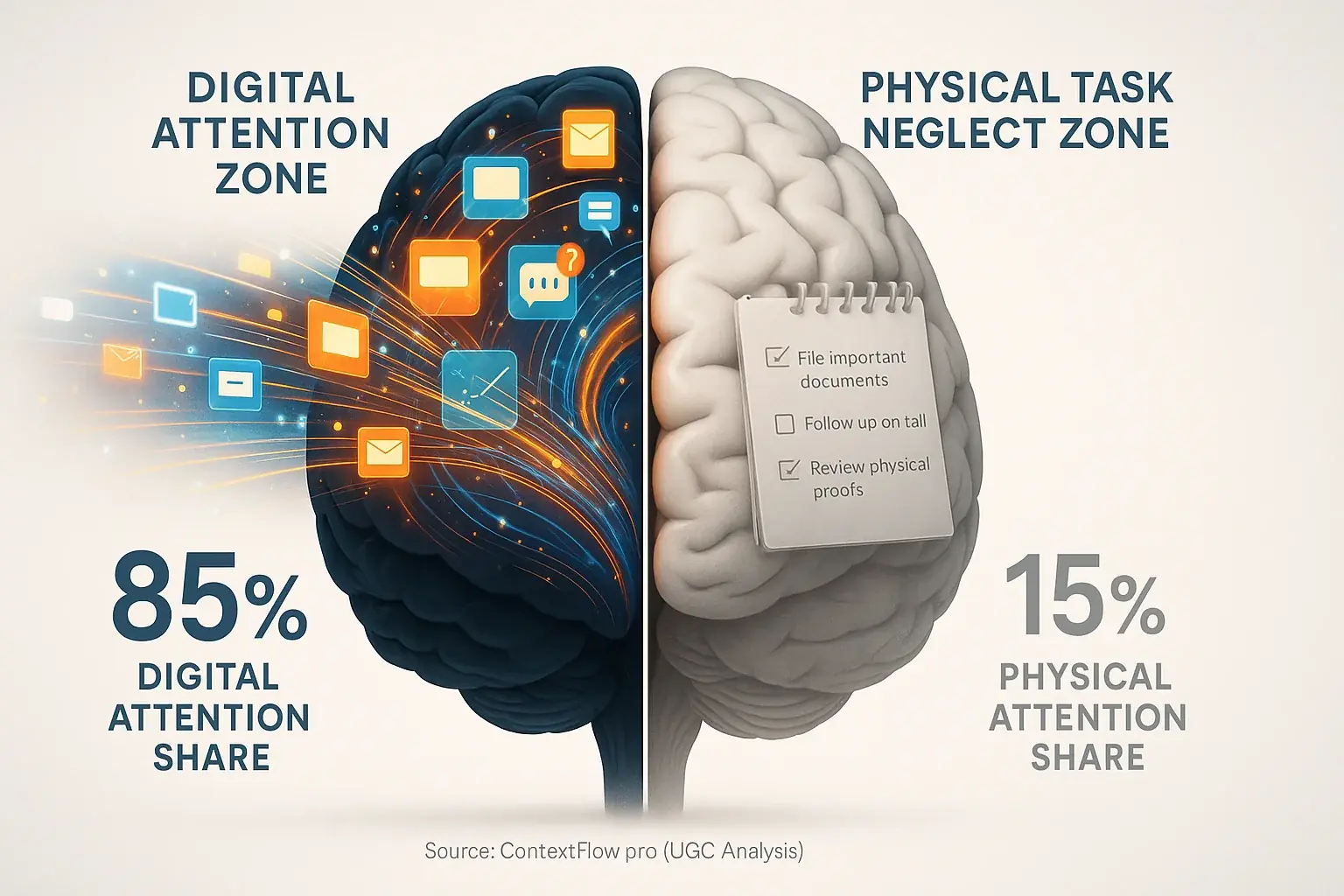
The digital dominance effect fundamentally alters your focus. Digital screens monopolize attention. Your laptop behaves like a powerful magnet for your brain. It relentlessly pulls all focus from the physical world. Constant pings, emails, and app updates fuel this attention capture. Physical tasks consequently become almost invisible. This is a core challenge.
User experiences reveal a startling pattern. Many professionals confess they literally do not "see" physical documents piling up. Whiteboard notes from yesterday might as well be ghosts. This happens when digital immersion is total. It is not intentional neglect. It is a genuine sensory override. Our brains, user reports confirm, prioritize dynamic digital stimuli over static physical cues. Digital interfaces provide an endless stream of these changes.
This sensory override creates significant downstream problems. Physical tasks become "out of mind." The reason? They are effectively "out of sight" from your primary, screen-locked attention zone. Important physical items are then forgotten or deferred. Often, they are only remembered when a minor issue becomes a full-blown crisis. This cognitive bias is a potent source of hybrid work friction, frustrating many.
No Ping, No Problem? The Silent Danger of Unintegrated Physical Reminders
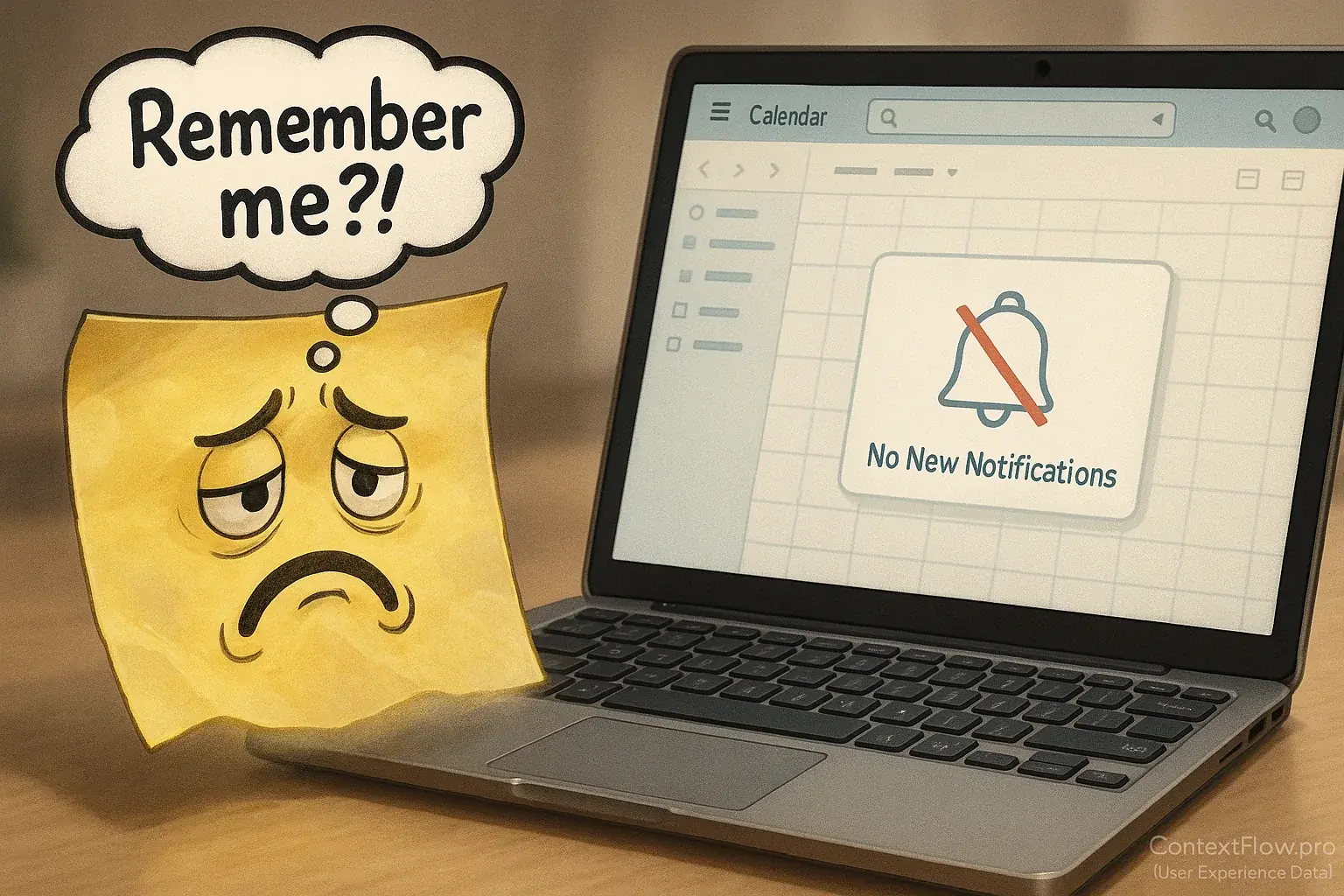
Physical tasks present a silent danger. Your whiteboard does not buzz. A handwritten note offers no email reminder. This fundamental integration gap plagues many hybrid workflows. It is a core problem. Digital pings command attention. Physical cues often fade.
Many professionals report deep frustration. They rely on digital alerts for task management. Physical tasks, lacking these pings, simply vanish from mental radars. Our analysis of user experiences reveals an unspoken truth. We assume memory will bridge this digital-physical divide. It rarely does in our notification-saturated work lives. This reliance creates a significant blind spot.
The consequences are predictable. Unpinged physical tasks face deprioritization. They are frequently forgotten entirely. This happens until a deadline looms or a crisis erupts. Teams then scramble. The irony here is stark. We implement tools for enhanced productivity, yet these very systems can obscure an entire category of crucial work. A dangerous oversight.
The Real Cost of 'Out of Sight, Out of Mind': Productivity Hits & Missed Deadlines
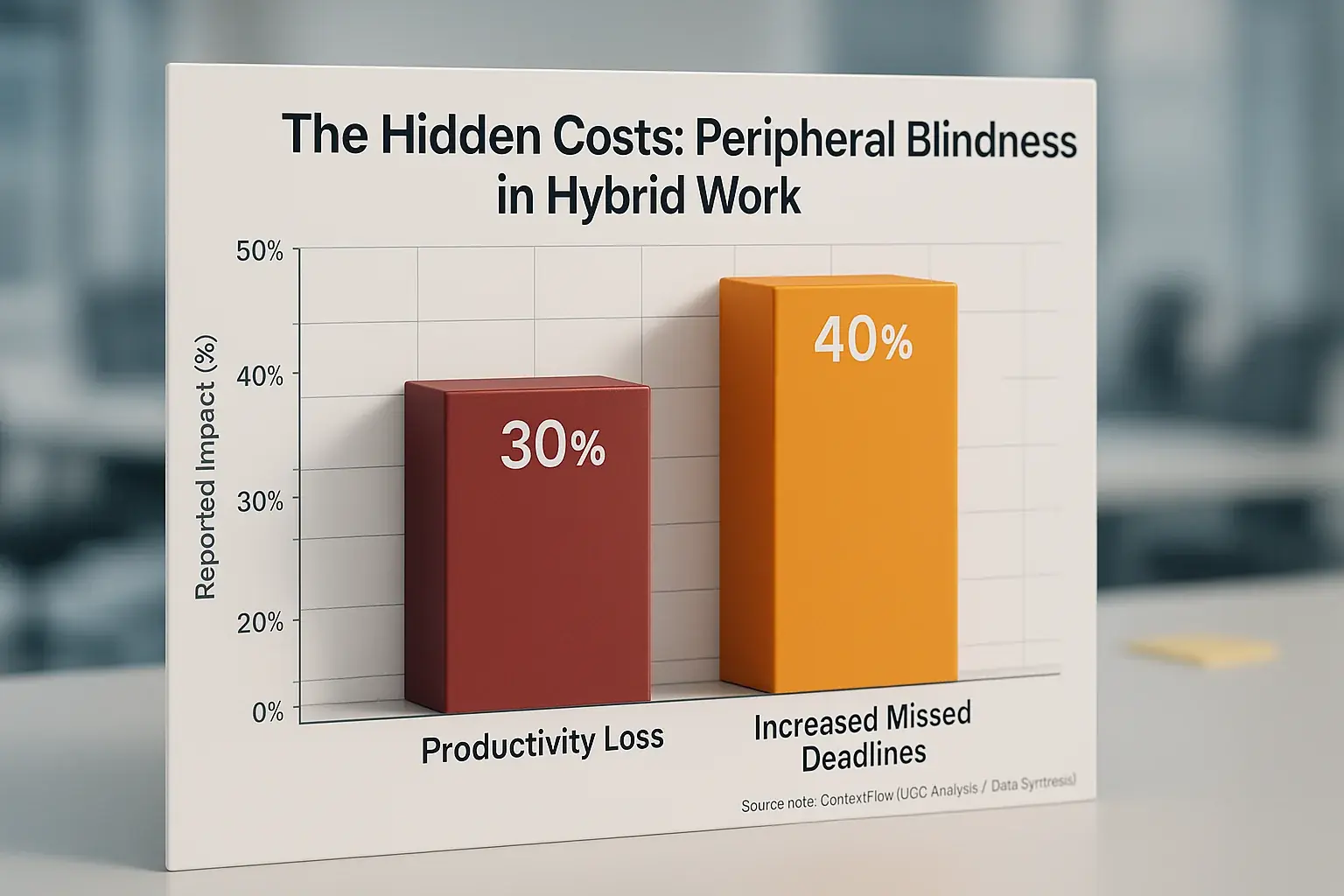
Peripheral blindness inflicts real productivity costs. Missed deadlines frequently follow. This issue transcends a simple forgotten sticky note. User experiences reveal that seemingly minor physical task oversights rapidly snowball into significant workflow disruptions, creating tangible losses for individuals and teams.
Many professionals describe the frantic scramble. A forgotten physical task suddenly becomes critically urgent. This situation forces them to drop current digital work. Focus shatters. The scramble often leads to hurried, lower-quality output on the rediscovered task. User communities consistently highlight this cycle: constant firefighting creates pervasive stress and deepens inefficiency. It's a common, frustrating narrative.
The impact extends beyond individual output. Team collaboration suffers noticeably. Trust erodes when physical tasks, crucial for shared projects, are consistently missed. Dependencies falter. Team reliability diminishes. What happens when a colleague forgets that vital printed report for a client meeting? Peripheral blindness acts as a silent productivity killer. It steadily erodes efficiency, one overlooked physical item at a time.
Are Your Physical Tasks Hiding in Plain Sight? Take Our Task Visibility Risk Quiz!
Are Your Physical Tasks Hiding in Plain Sight?
1. How often do you find yourself forgetting a physical task (e.g., mail, signing a document, picking up a printout) after being deeply immersed in digital work?
2. Do you have a system to integrate physical notes or reminders into your digital task manager?
3. When switching from a video call to a physical task, do you feel a mental 'blank' or struggle to recall what you were doing physically?
Physical tasks frequently get missed. This quick quiz uncovers your integration blind spots. It reveals if essential physical actions are silently slipping from your main workflow. Understand your risk now.
Receive personalized starting points. No judgment here. Only insights. Your results deliver actionable tips, bringing 'invisible' tasks back into focus and improving your hybrid workflow.
Bringing Tasks Back into Focus: User-Tested Solutions for Peripheral Blindness
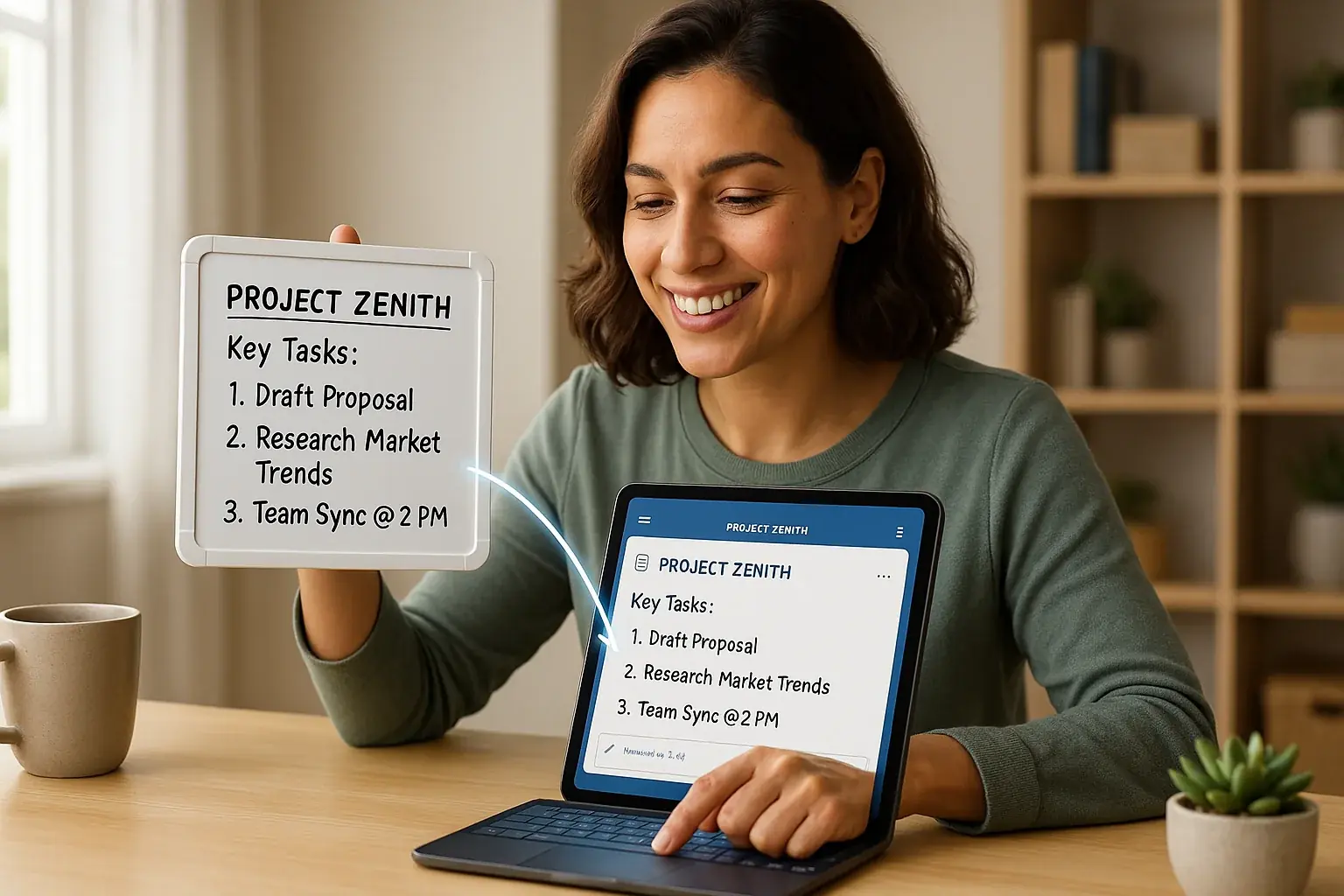
Forgotten physical tasks generate frustration. You do not have to endure this. Good news. Users developed smart strategies. These methods bring 'invisible' to-dos into sharp focus. Many professionals now share these successful hybrid work approaches.
A common user hack is the 'physical inbox'. This is a designated spot. All physical items needing digital action land there. No more scattered papers. Another strategy involves 'physical task blocks'. Users schedule these in digital calendars. This forces engagement with offline work. Here is a clever user tip. Some photograph whiteboard notes. They immediately upload these to a digital task manager. A reminder gets added. Simple. Surprisingly effective for task integration.
No single tool solves everything. Many users find success linking physical and digital worlds. Consider smart notebooks. Our analysis explores how these tools aid transferring notes from physical to digital. Scanning apps also push notes. These notes go directly to your digital task list. The goal is not physical elimination. The aim is seamless workflow optimization through integration.

